Cork is a city located in the south west of Ireland and is the second largest city in the Republic of Ireland. The city center is an island located between two arms of the River Lee. The river flows east and empties into Lough Mahon, which is part of Cork’s colossal natural harbor, where there are many lovely places for a trip outside the city.
In Cork there are many sights. You can see beautiful and impressive buildings such as the city hall and the courthouse. There are also many cozy places such as a walk along the River Lee or at the English Market.
Southwest Ireland is also an area of beautiful countryside and home to some of Ireland’s highest mountains. County Kerry lies to the west with rugged shores and the island’s highest peak, Carrauntoohil at 1,038 meters/3,405 feet.
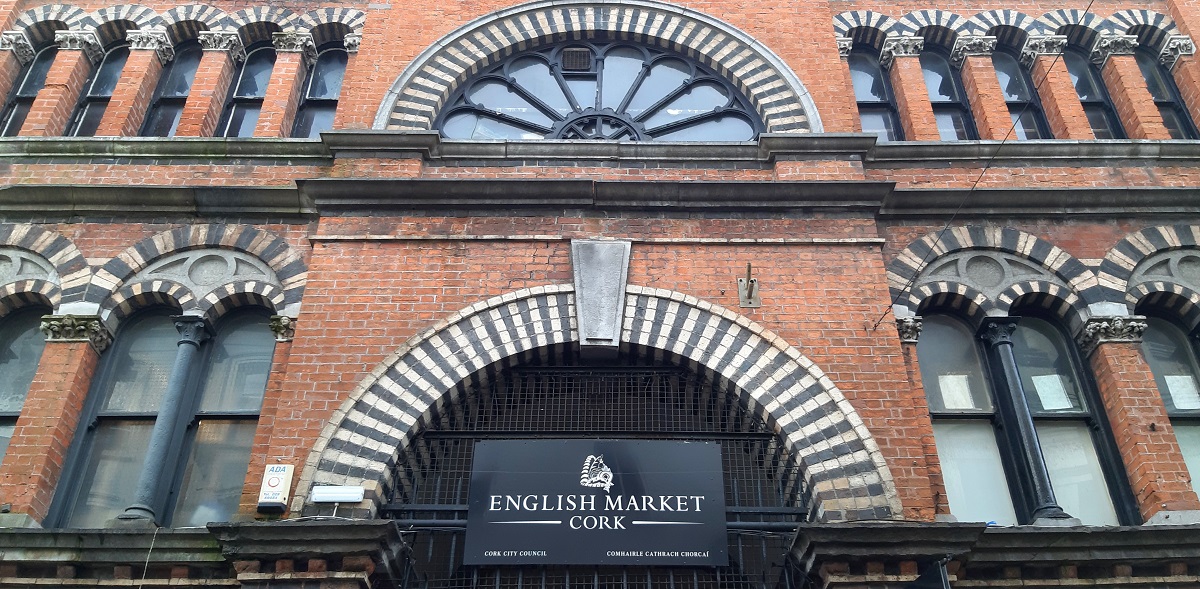
The English Market is an atmospheric food market that was built in Cork in the mid-1800s. The market was built between the streets Princess Street and Grand Parade, and it is one of the Irish city’s biggest attractions.
The English Market stands beautifully in Victorian style with fine stalls and small eateries. It is therefore worth seeing both for the market’s architecture and for the atmosphere and the good food. There has been a market on the site since 1788, while the market building was built in 1862.
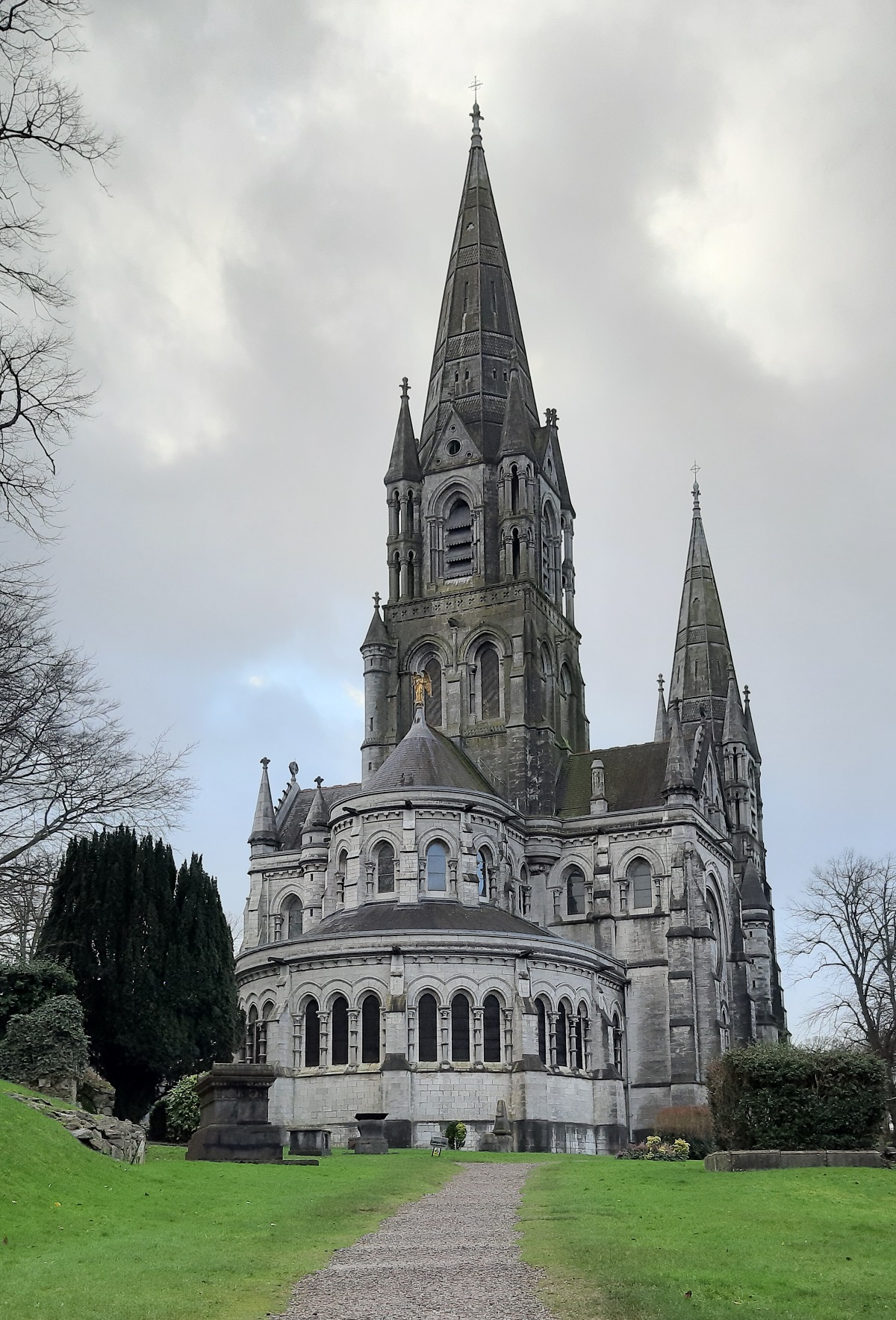
St. Fin Barre’s Cathedral is Cork’s Anglican cathedral under the Church of Ireland. The church is dedicated to Saint Finbar, who was bishop of Cork at the beginning of the 6th century, and he is today the patron saint of the city.
Saint Finbar, according to tradition, founded a monastery on this very spot by the River Lee, and the original buildings stood until the 12th century. During the following centuries, various churches stood on the site.
The current church dates from the 1800s, when in 1862 the architect William Burges’ design was chosen for a new Anglican cathedral. St. Fin Barre’s was then built in limestone from the area and decorated with marble from Cork.
The foundation stone was laid in 1865 and the cathedral was consecrated in 1870, although the church spires were not completed until nine years later. The style is Neo-Gothic, and you can see a beautiful church with an impressive church room, where the glass mosaics from 1873-1881 are among the highlights.
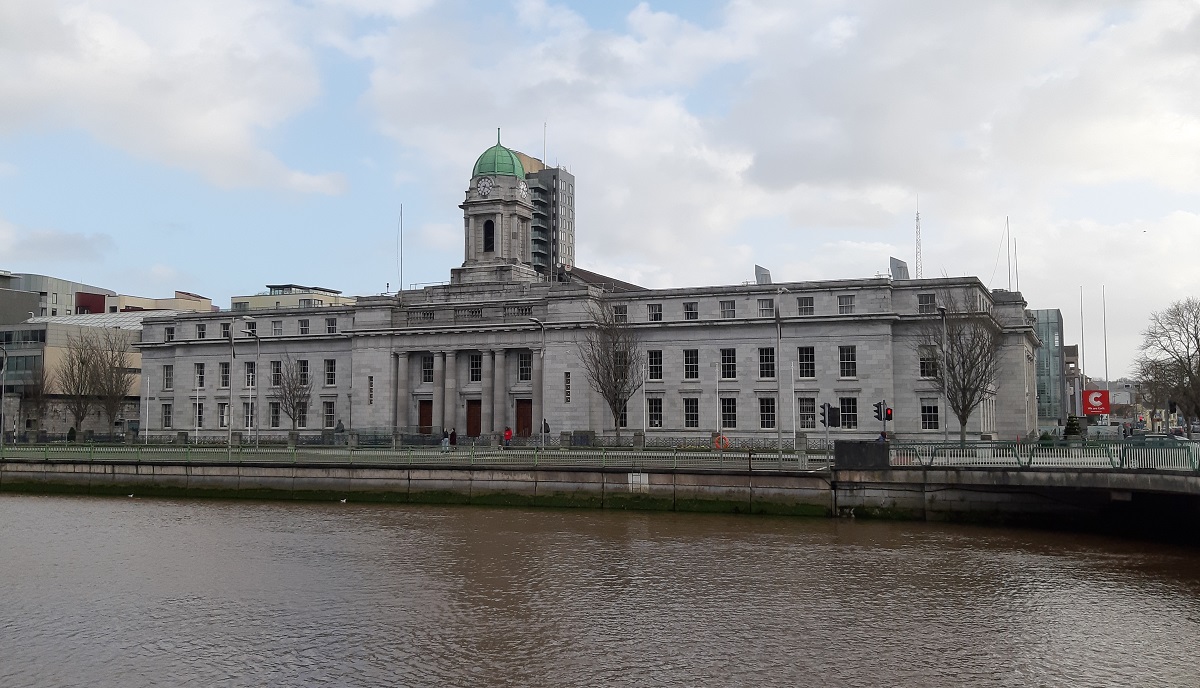
City Hall is Cork’s large town hall, built in the years 1932-1936 as one of the city’s major public buildings. The facade is adorned with local stone, and in addition to the city’s administrative offices, there is a concert hall in the large building.
The current town hall replaced Cork’s former town hall building, which was opened as a grain exchange in 1843 and later converted into, among other things, a museum, before it became the seat of the city government in 1903. The old stock exchange became too small, and in the 1920s plans for the new building began.
St Anne’s Church is a church that was built 1722-1726 in the neighborhood of Shandon. The church’s red stones came from Shandon Castle, which was a medieval castle from the 12th century, and the white stones came from a disused Franciscan monastery in the town.
St. Anne’s Church is famous for the Shandon Bells, which Francis Sylvester Mahony immortalized in the song The Bells of Shandon. The church is also known for the 36 meter high tower St Anne’s Tower, which is a distinctive feature of the city’s skyline. At the top there is a salmon as a symbol of fishing in the River Lee.
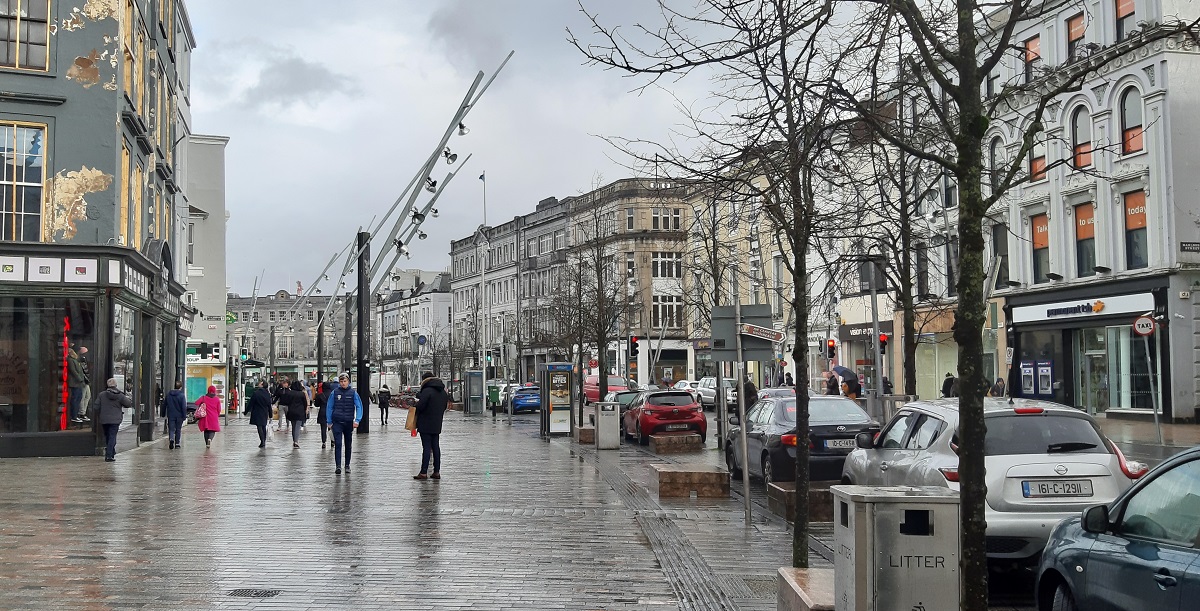
St Patrick’s Street is Cork’s main thoroughfare, which was established in the 18th century when the city grew beyond the old city walls. The street curves along the River Lee and connects Daunt Square at the Grand Parade and St Patrick’s Bridge.
Trams ran in St Patrick’s Street from 1898 to 1931, with the Cork Electric Tramway and Lightning Company operating open-top carriages. In 2004, the street was renewed by the city, and there are both shops, warehouses and various interesting architecture to see here.
Cork City Gaol is Cork’s old prison, which was in use from 1824 to 1923. When it opened, the prison was called ‘the finest in three kingdoms’, and initially Cork City Gaol was for both men and women.
In 1878 the prisons in the city were reorganized and Cork City Gaol was made a purely women’s prison. After the closure of the almost castle-like prison, it fell into disrepair, and in 1993 it was opened as a museum.
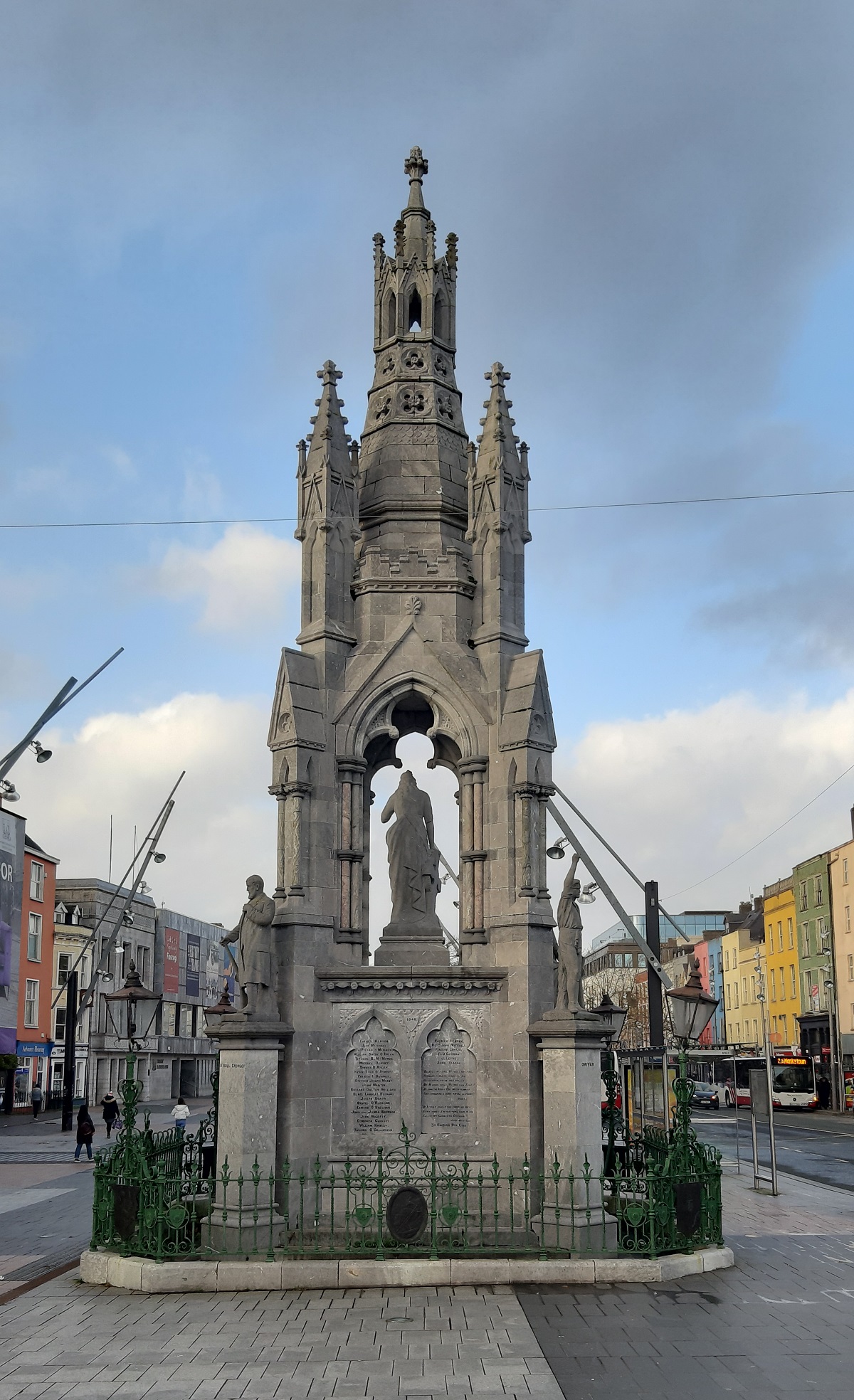
Grand Parade is one of Cork’s main streets. The street was formerly a tributary of the River Lee and through the 18th century and until 1801 the site was filled up, giving birth to the Grand Parade. The street connects South Mall in the south with Daunt Square in the north.
One of the things you can see on and along the Grand Parade is the National Monument, which stands at the southern end of the street. The National Monument was erected in 1906 to commemorate Irishmen who died in various rebellions against the British Crown from 1798 to 1867.
Crawford Art Gallery is a museum where you can see a varied collection of art including paintings, sculptures, glass, ceramics. There is a particularly fine collection of paintings from the 16th century to the present day, and you can also see, for example, classical Greek and Roman statues created by Antonio Canova.
The museum is located in the former Cork Customs House, which was built in 1724. In the 1830s, the building became the seat of the Royal Cork Institution, which was an Irish cultural institution. In 1885 the site became the Crawford School of Art, which was located here until the current museum was established here.
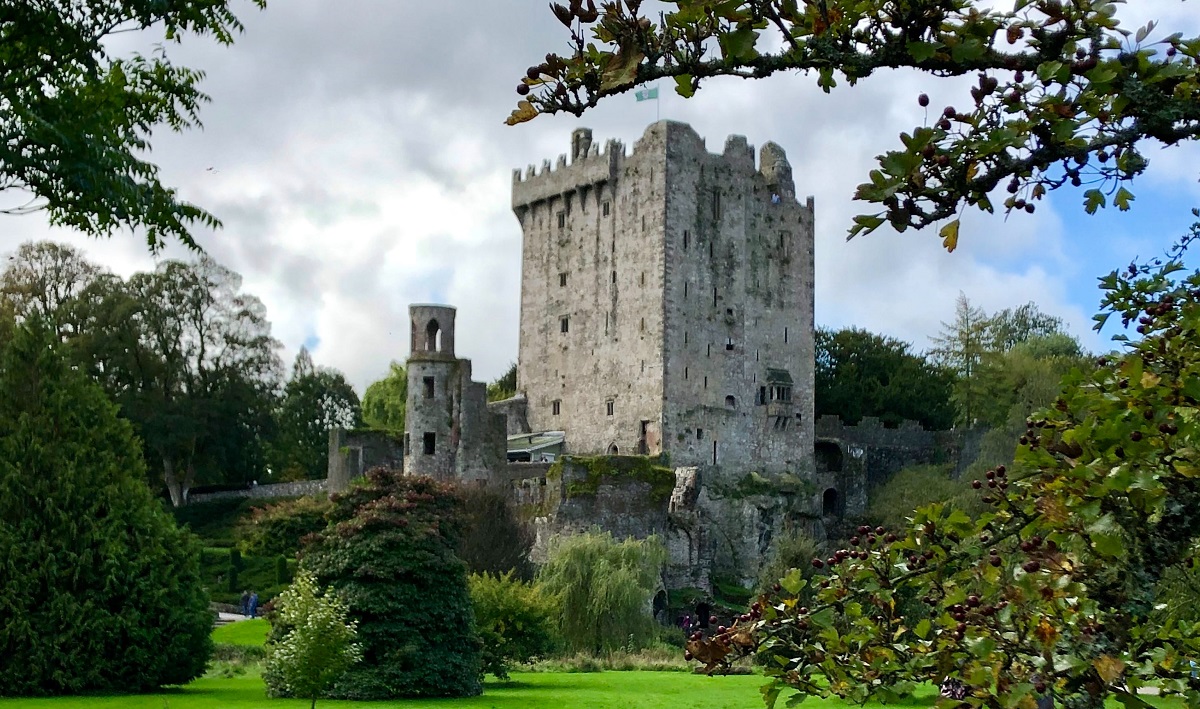
Blarney Castle is a medieval fortress in Blarney, close to Cork. The solid fortress tower was built in 1446 on the same spot where earlier defenses had stood. The castle was defeated during the Irish Confederate Wars and was seized in 1646 by Parliamentary forces under Lord Broghill. Later the place became the residence of the 1st Earl of Clancarty.
On the same grounds as the fortress, Blarney House was built as a more contemporary residence. The original house was destroyed in a fire, but a new mansion was built in Scottish baronial style in 1874. Surrounding the buildings are large and beautifully landscaped gardens that you can enjoy.
Today, Blarney Castle stands as a partially accessible ruin. At the top of the fortress tower is the so-called stone of eloquence, the Stone of Eloquence, better known as the Blarney stone. It is said that tourists visiting the castle can hang upside down to kiss the stone and thereby receive the gift of eloquence.
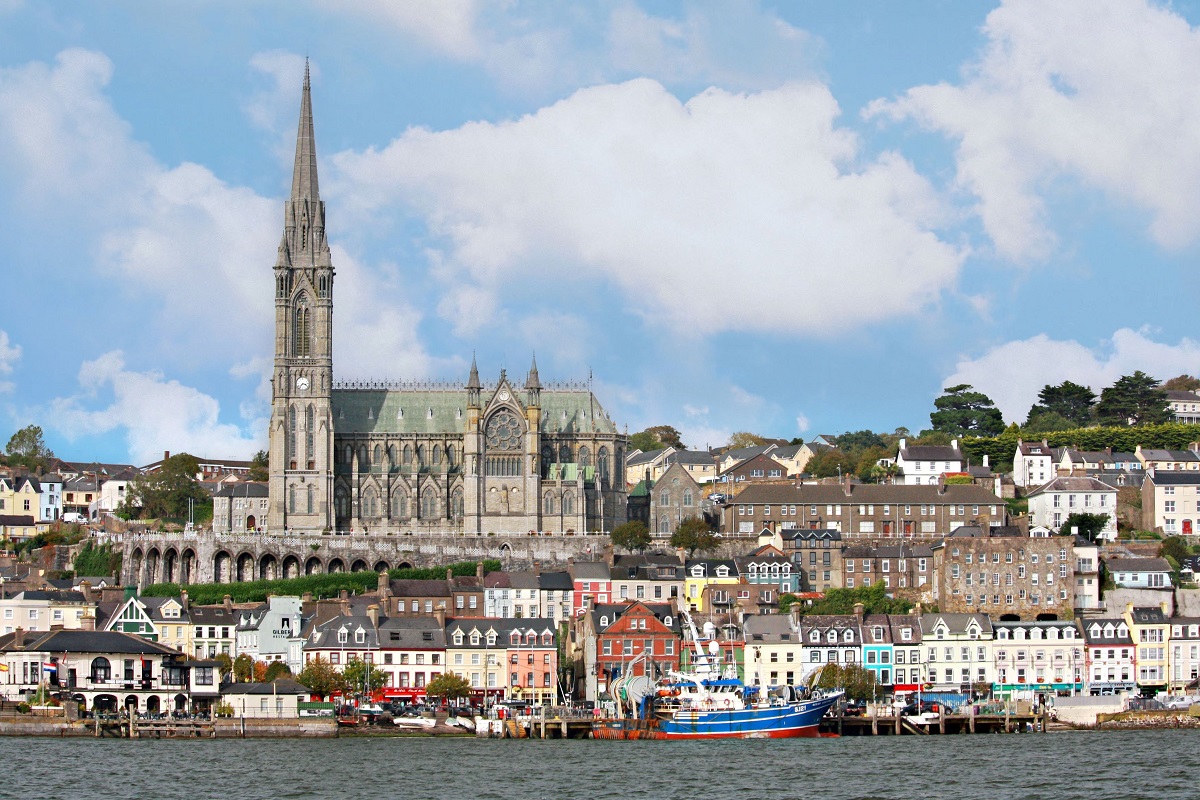
Cobh is a port town formerly known as Queenstown. It was a name the town got in 1849 when Queen Victoria visited it, and Cobh was called Queenstown until 1920. In 1743 the English had built a fort east of the then village, and in the 19th century the town with its natural harbor played an important military role for the British Navy. Later, the port became the departure point for approximately 2.5 million Irish people who went to North America from 1848 and a century later.
The cozy town is also known as the last port of call for the Titanic before the ship sailed on its ill-fated maiden voyage in 1912. The famous ship was in Queenstown on April 11 that year, and 123 passengers boarded during its stay here. The town became associated with another shipping disaster on 7 May 1915, when German submarines sank the RMS Lusitania. Survivors and dead were taken to Queenstown.
Today, there is a wonderful atmosphere at Cobh’s waterfront, where you can, among other things, visit the Titanic Experience Cobh, which is set up in the shipping company White Star Line’s former ticket office in the town. At the Titanic Experience Cobh there are various effects and images and not least the depiction of the fates of the 123 passengers who took the Titanic from Cobh. Along the harbor you can also visit the Cobh Heritage Center – The Queenstown Story, which has, among other things, an exhibition about the Lusitania.
There are also other attractions in Cobh. This applies, for example, to the neo-Gothic St. Colman’s Cathedral, seat of the Roman Catholic Diocese of Cloyne. The cathedral stands as the city’s dominant building with its prominent location and high church tower. Another church is the smaller Scots Church on the High Road, which today houses the town museum Cobh Museum.
Blackrock Castle is a castle beautifully situated where the River Lee flows into Cork Harbour. The original castle was built in 1582 as a fort to protect the entrance to Cork. The fort was converted into a residence castle in 1604, while the current appearance largely corresponds to a reconstruction in 1828-1829 after a fire.
The castle came into private hands and throughout the 1900s was used as a residence, offices, restaurant etc. Cork Corporation bought the castle in 2001 and opened it as an observatory and museum. The observatory houses an interactive astronomy center that is open to the public, and here you can see various exhibitions and take, for example, a tour of the universe.
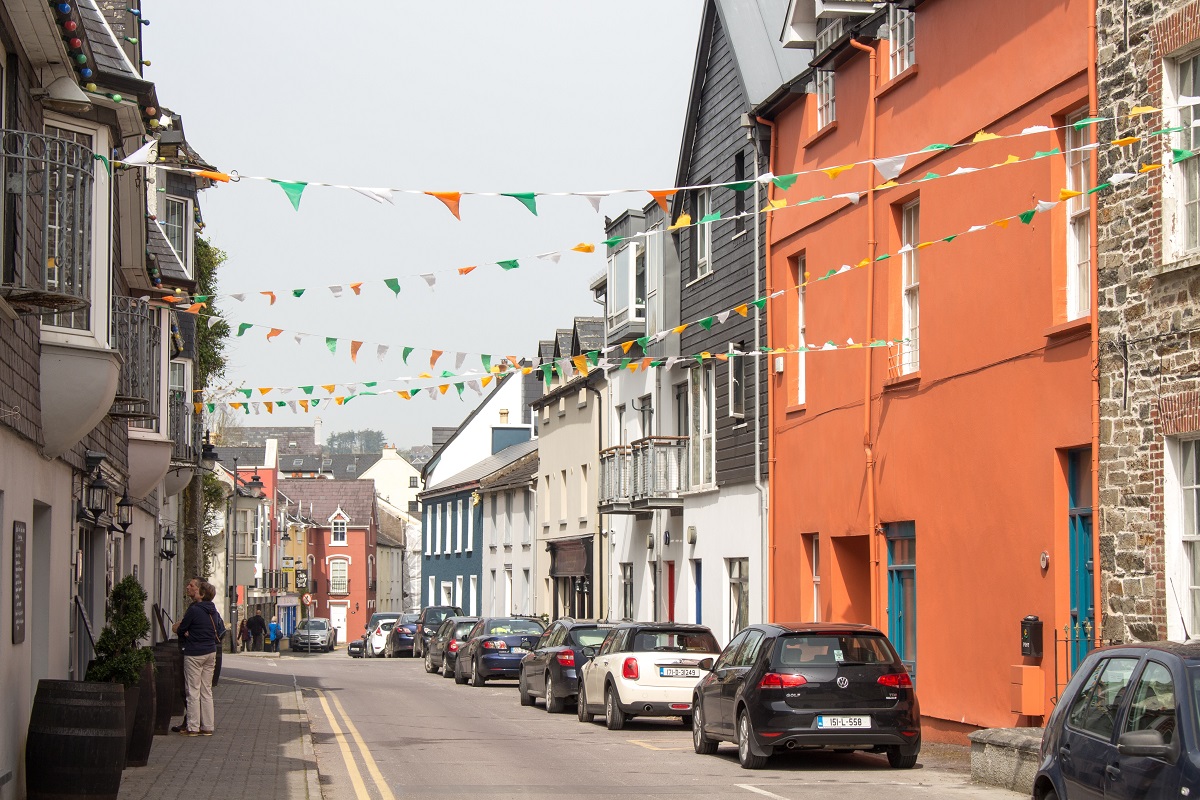
Kinsale er en gammel havne- og fiskerby, der ligger idyllisk langs den irske sydvestkyst. Historisk blev the Corporation of Kinsale sat til at styre byen i 1333, og denne styreform varede til 1840. Byen kom i historiebøgerne i 1601, hvor irske tropper og deres spanske allierede led et nederlag mod englænderne i Slaget ved Kinsale. Senere blev byen en flådehavn, og i dag er den en velkendt lystbådehavn.
I dag er Kinsale en populær turistby med et hyggeligt centrum omkring blandt andet gaden Main Street, hvor der ligger mange farvestrålende huse, butikker og caféer. Her kan man også se byens gamle retsbygning, der nu er indrettet som Kinsale Museum. Man kan også besøge Desmond Castle i Cork Street. Det er en bygning fra omkring år 1500, som blev opført af jarlen af Desmond som toldhus, men det blev senere fængsel, og grundet mange franske indsatte kaldes det gamle hus også for French Prison.
Sydøst for centrum af Kinsale ligger den imponerende fæstningsanlæg, Charles Fort. Fortet blev opført med bastioner af englænderne i 1670erne, og med James Fort på den modsatte side af floden, lå de to forter som beskyttelse af havnen i Kinsale. Charles Fort blev udbygget efter det oprindelige anlæg, og det fungerede som britisk garnison indtil 1921.
Blackpool Retail Park
blackpool.ie
Mahon Link Road
mahonpointsc.ie
1-5 St Patrick’s Street
mqsc.ie
1 Sarsfield Road
wiltonshoppingcentre.ie
St. Patrick’s Street
Fota Wildlife Park
Fota, Carrigtohill
fotawildlife.ie
Chuckies Play Zone
Sarsfield Road
chuckies.ie
Monkey Maze
Glanmire
monkeymaze.ie
Fitzgerald’s Park Playground
Leisureworld Bishopstown
Rossa Avenue
leisureworldcork.com
Zipit Forest Adventures
Farran Woods, Ovens
zipit.ie
Adventure Park
Watergrasshill
adventurepark.ie

Cork, Ireland
Overview of Cork
Cork is a city located in the south west of Ireland and is the second largest city in the Republic of Ireland. The city center is an island located between two arms of the River Lee. The river flows east and empties into Lough Mahon, which is part of Cork’s colossal natural harbor, where there are many lovely places for a trip outside the city.
In Cork there are many sights. You can see beautiful and impressive buildings such as the city hall and the courthouse. There are also many cozy places such as a walk along the River Lee or at the English Market.
About the Whitehorse travel guide
Contents: Tours in the city + tours in the surrounding area
Published: Released soon
Author: Stig Albeck
Publisher: Vamados.com
Language: English
About the travel guide
The Whitehorse travel guide gives you an overview of the sights and activities of the Canadian city. Read about top sights and other sights, and get a tour guide with tour suggestions and detailed descriptions of all the city’s most important churches, monuments, mansions, museums, etc.
Whitehorse is waiting for you, and at vamados.com you can also find cheap flights and great deals on hotels for your trip. You just select your travel dates and then you get flight and accommodation suggestions in and around the city.
Read more about Whitehorse and Canada
Canada Travel Guide: https://vamados.com/canada
City tourism: https://visitwhite-horse.ca
Main Page: https://www.vamados.com/
Buy the travel guide
Click the “Add to Cart” button to purchase the travel guide. After that you will come to the payment, where you enter the purchase and payment information. Upon payment of the travel guide, you will immediately receive a receipt with a link to download your purchase. You can download the travel guide immediately or use the download link in the email later.
Use the travel guide
When you buy the travel guide to Whitehorse you get the book online so you can have it on your phone, tablet or computer – and of course you can choose to print it. Use the maps and tour suggestions and you will have a good and content-rich journey.

City Hall is Cork’s large town hall, built in the years 1932-1936 as one of the city’s major public buildings. The facade is adorned with local stone, and in addition to the city’s administrative offices, there is a concert hall in the large building.
The current town hall replaced Cork’s former town hall building, which was opened as a grain exchange in 1843 and later converted into, among other things, a museum, before it became the seat of the city government in 1903. The old stock exchange became too small, and in the 1920s plans for the new building began.
St Anne’s Church is a church that was built 1722-1726 in the neighborhood of Shandon. The church’s red stones came from Shandon Castle, which was a medieval castle from the 12th century, and the white stones came from a disused Franciscan monastery in the town.
St. Anne’s Church is famous for the Shandon Bells, which Francis Sylvester Mahony immortalized in the song The Bells of Shandon. The church is also known for the 36 meter high tower St Anne’s Tower, which is a distinctive feature of the city’s skyline. At the top there is a salmon as a symbol of fishing in the River Lee.

St Patrick’s Street is Cork’s main thoroughfare, which was established in the 18th century when the city grew beyond the old city walls. The street curves along the River Lee and connects Daunt Square at the Grand Parade and St Patrick’s Bridge.
Trams ran in St Patrick’s Street from 1898 to 1931, with the Cork Electric Tramway and Lightning Company operating open-top carriages. In 2004, the street was renewed by the city, and there are both shops, warehouses and various interesting architecture to see here.
Cork City Gaol is Cork’s old prison, which was in use from 1824 to 1923. When it opened, the prison was called ‘the finest in three kingdoms’, and initially Cork City Gaol was for both men and women.
In 1878 the prisons in the city were reorganized and Cork City Gaol was made a purely women’s prison. After the closure of the almost castle-like prison, it fell into disrepair, and in 1993 it was opened as a museum.

Grand Parade is one of Cork’s main streets. The street was formerly a tributary of the River Lee and through the 18th century and until 1801 the site was filled up, giving birth to the Grand Parade. The street connects South Mall in the south with Daunt Square in the north.
One of the things you can see on and along the Grand Parade is the National Monument, which stands at the southern end of the street. The National Monument was erected in 1906 to commemorate Irishmen who died in various rebellions against the British Crown from 1798 to 1867.
Crawford Art Gallery is a museum where you can see a varied collection of art including paintings, sculptures, glass, ceramics. There is a particularly fine collection of paintings from the 16th century to the present day, and you can also see, for example, classical Greek and Roman statues created by Antonio Canova.
The museum is located in the former Cork Customs House, which was built in 1724. In the 1830s, the building became the seat of the Royal Cork Institution, which was an Irish cultural institution. In 1885 the site became the Crawford School of Art, which was located here until the current museum was established here.
Similar to Cork Travel Guide